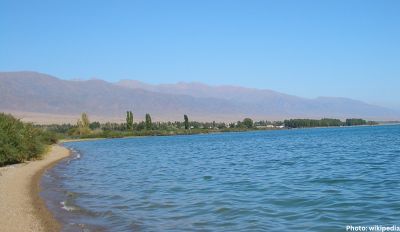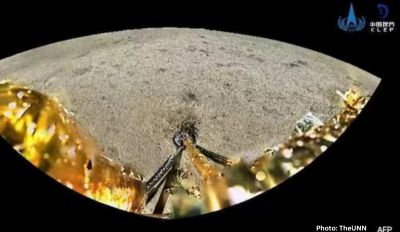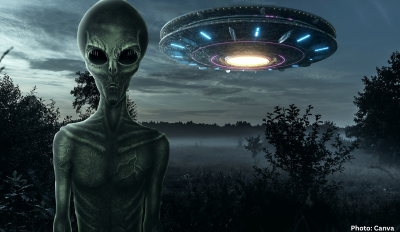The planet, HIP 65426 B, which is about six to 12 times the mass of Jupiter, is a gas giant, meaning it has no rocky surface, and could not be habitable.
For the first time, NASA’s powerful James Webb Telescope took direct images of an exoplanet, HIP 65426B, outside our solar system.
The planet which is about six to 12 times the mass of Jupiter, is a gas giant, meaning it has no rocky surface, and could not be habitable. According to NASA, it is a young planet, as they go about 15 to 20 million years old, compared to our Earth which is about 4.5 billion years old.
An exoplanet or extrasolar planet is a planet outside our solar system that usually orbits another star in our galaxy. Most of the exoplanets discovered so far are in the relatively small region of the Milky Way galaxy. “Small” refers to a region within thousands of light-years from our solar system.
It was discovered by astronomers in 2017 using the SPHERE instrument on the European Southern Observatory Very Large Telescope in Chile which took images using the short infrared wavelength of light, while James Webb’s telescope used longer wavelengths which helps in revealing ground-based details, which ground-based telescopes cannot.
Sasha Hinkley, an associate professor of physics at the University of Exeter in the UK said, “This is a transformative moment, not only for Webb but for astronomy in general.”
Taking direct images of exoplanets is challenging as the host stars are much brighter than the planets. The HIP 65426 B is about 100 times farther from the host star compared to Earth’s distance from the Sun, making it distant enough for Webb to easily separate the planet from the star in the images.
The exoplanet spotted by James Webb is over 10,000 times fainter than the host star in the near-infrared and about a few thousand times fainter in mid-infrared, but Webb’s Near-Infrared Camera (NIRCam) and Mid-Infrared Instrument (MIRI) are equipped with conographs, which act as tiny masks that block, suppress the light from the host star, helping the giant powerful telescope to take direct images.
“Obtaining this image felt like digging for space treasure,” said Aarynn Carter, a researcher who led the analysis of images.
The researchers have been analysing the images and the data and the journal will be peer-reviewed, but NASA believes that the first capture of a distant world already hints at possibilities to study far-away planets.











